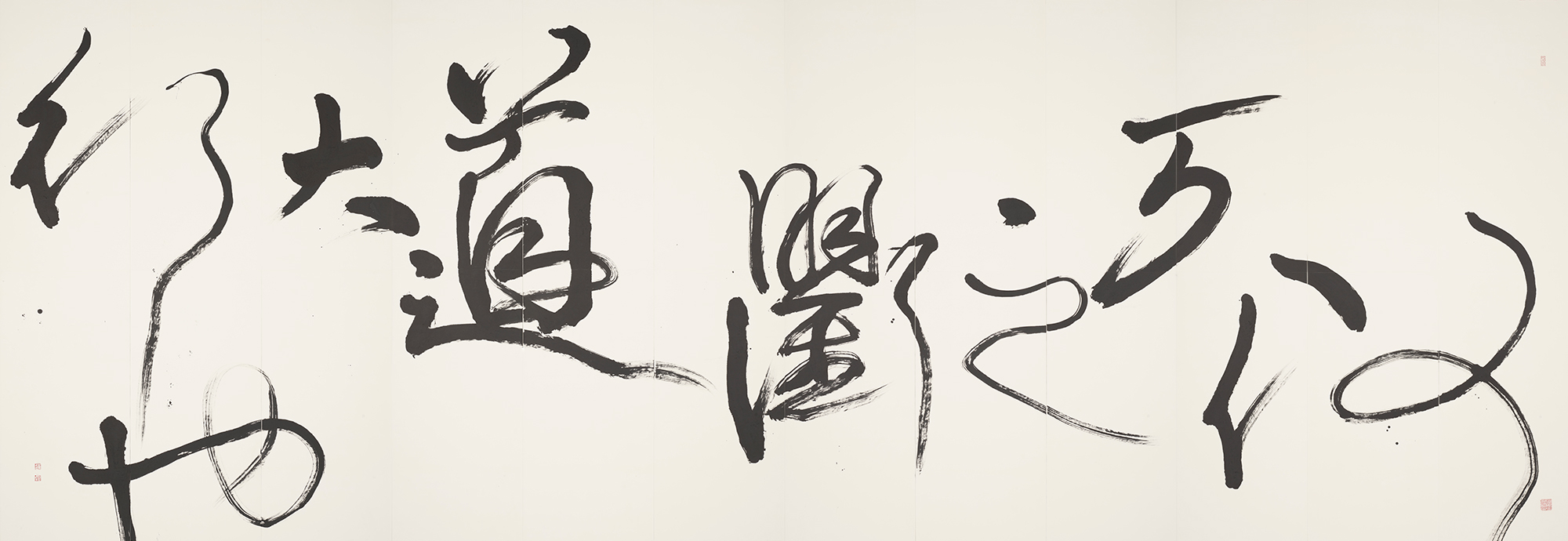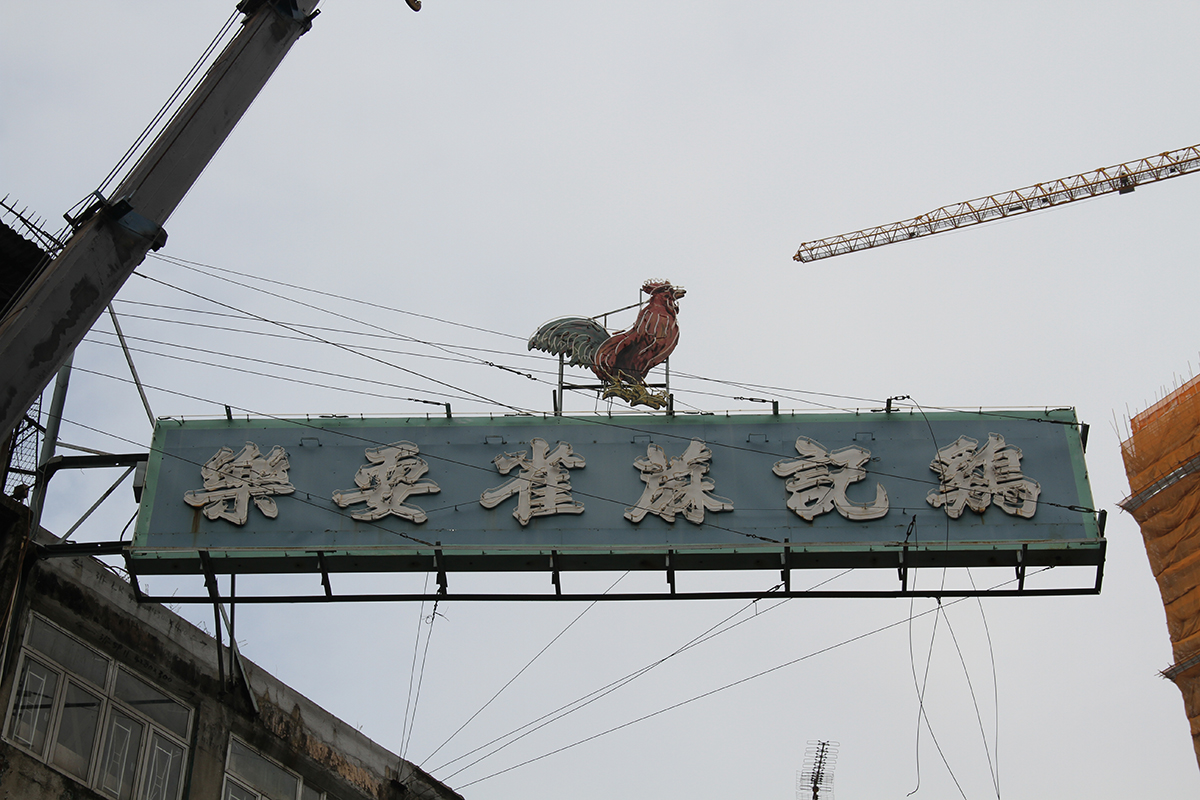PRESENTATION:M+ Museum Collection Highlights
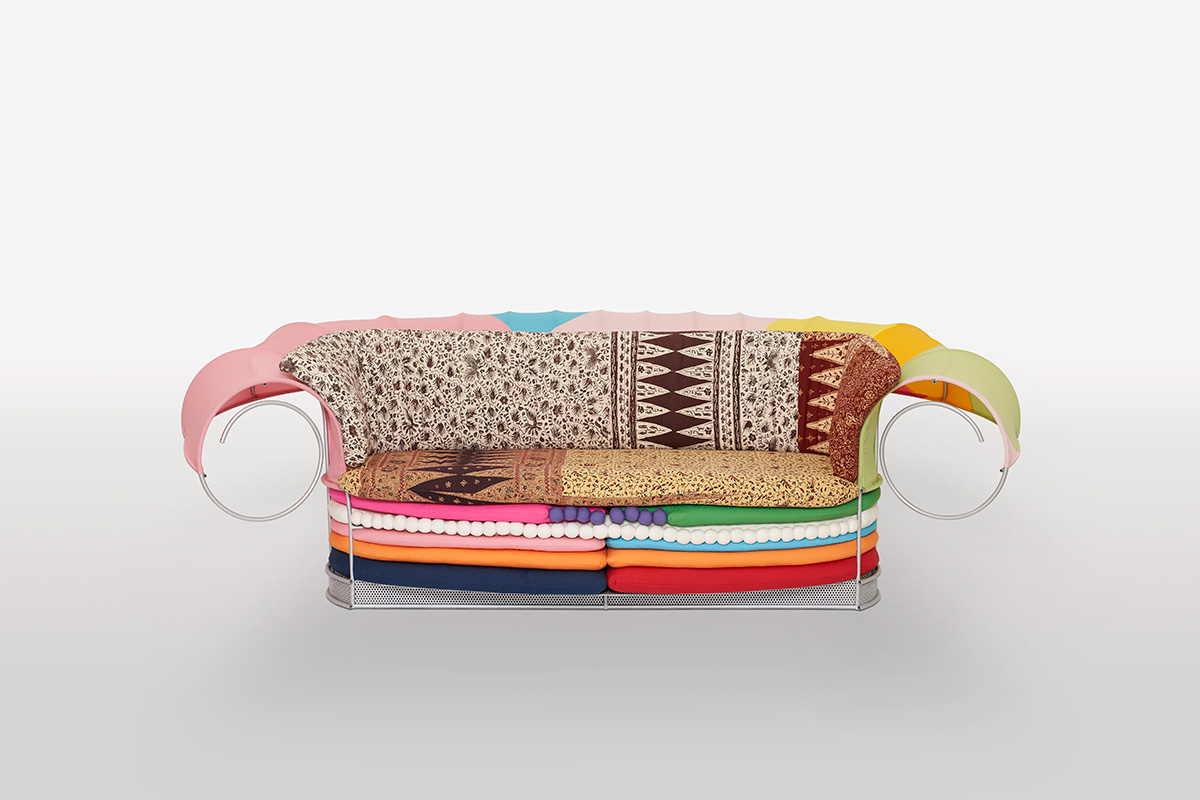 Hong Kong’s M+ Museum, Asia’s first institution dedicated to 20th- and 21st-century visual culture, officially opened its doors to the public. First proposed 14 years ago as a centerpiece for the development of the West Kowloon Cultural District, the museum has come a long way. An initial price tag of $760 million and a target opening date of 2017 were repeatedly revised due to delays in construction, a management reshuffle, and a ballooning bill, which was footed by taxpayers. In this article we will se some highlights.
Hong Kong’s M+ Museum, Asia’s first institution dedicated to 20th- and 21st-century visual culture, officially opened its doors to the public. First proposed 14 years ago as a centerpiece for the development of the West Kowloon Cultural District, the museum has come a long way. An initial price tag of $760 million and a target opening date of 2017 were repeatedly revised due to delays in construction, a management reshuffle, and a ballooning bill, which was footed by taxpayers. In this article we will se some highlights.
By Efi Michalarou
Photo M+ Museum Archive

In his design for the “Bank of Asia Headquarters” in Bangkok, architect Sumet Jumsai made playful use of a high-tech, anthropomorphic form to signal the dawn of the age of digital banking. Jumsai met the Bank of Asia’s brief for the project with a design inspired by his son’s toy robot. The twenty-storey tower— popularly known as the Robot Building—resembles a blocky, humanoid robot with two large window ‘eyes’, a glass front, and solid sides dotted with ‘bolts’ in glass fibre reinforced concrete. With this relatable form, Jumsai reinterprets influential architect Le Corbusier’s concept of a house as ‘a machine for living in’, humanising the machine and expressing it as something more than a metaphor. The project is simultaneously a critique and an embrace of the apparently arbitrary appropriation of references in postmodern architecture. The “Hannan Chair Long” shows Ohashi Teruaki’s interest in drawing from a range of furniture typologies and culture references. The back of the sofa is exaggerated with a patchwork of colourful fabric stretched over a frame of scrolling wire. Upholstered vintage Indonesian batik evokes Asian traditions of floor seating. Ohashi saw furniture as independent game pieces that can be rearranged to flirt with the space. He considered this approach to design a reflection of the possibilities for multicultural consumption offered by the affluence of Japanese society in the 1980s.
In 2019, M+ acquired nearly the entire archive of the 1960s and ’70s experimental architecture collective Archigram, featuring more than 20,000 items. Based in London, Archigram is one of the most influential voices of architecture in the second half of the twentieth century. Archigram took on mainstream architecture with a countercultural approach to futuristic urbanism expressed through their publications, teaching, and exhibitions. They considered architecture to be a living system that adapted to the behaviours of a city and its people. Bringing their archive to M+ was an extraordinary chance to expand the discipline’s global narratives with new perspectives drawn from our region, especially since generations of architects in Greater China and across Asia have cited the work of Archigram as a crucial source of inspiration.
Kuramata Shiro approached design with a sense of poetry, narrative, and wit. A leading figure of postmodernism in the 1980s, he created objects, furniture, and interiors that embody an era when designers in Japan set global trends. The “Kiyotomo sushi bar”, which opened in Tokyo’s Shinbashi district in 1988, represents the height of Kuramata’s career. The conceptually sophisticated interior exemplifies the designer’s playful formal language and lyrical use of materials. A bright-blue wall set diagonally into an imposing facade of dark steel panels led guests into a warmly lit interior featuring a double-vaulted acrylic and cedar-veneered ceiling. One of only a few spaces by Kuramata that remains intact among over 350 interiors he designed, Kiyotomo offers a rich combination of materials and textures while evoking the simplicity and natural appeal of Japan’s sukiya-zukuri teahouse architecture.
“Impact II” was produced during Irene Chou’s experimental period in the late 1970s. Turmoil in her personal life prompted an introspective search and a creative surge. The circle in red is set against a dynamic radius of black ink splashed on wet paper, then surrounded by forceful strokes. The circle motif, which recalls organic or celestial forms, is a signature in her largely abstract, enigmatic paintings, which employ simple colour contrasts and project vibrant energy. One of the most celebrated artists in Hong Kong’s New Ink Movement, Chou pushed ink painting to a new height by exhibiting raw emotions while delicately incorporating Taoist and Zen philosophies into the picture.
Lee Mingwei views letter-writing as an act that can cleanse or channel emotions. After his maternal grandmother’s death, he wrote her more than a hundred letters expressing the feelings he was unable to convey to her while she was alive. Inspired by this experience, he created “The Letter Writing Project”, a work that invites museum visitors to compose letters to individuals of their choosing. The installation includes three booths to provide spaces for writing while standing, sitting, or kneeling. These postures refer to Buddhist meditation positions, reflecting the introspective nature of Lee’s art.
“Asian Field” is made by the hands of many people. In 2003 Antony Gormley invited some 300 residents from Xiangshan village to make approximately 200,000 clay sculptures. He offered only three simple instructions: each figurine was to be hand-sized, capable of standing upright, and have two eyes. Otherwise, each maker was free to improvise on their own. This installation belongs to “Field”, a series that Gormley began in 1989. Other versions of “Field” have been produced in Australia, North and South America, the United Kingdom, and Europe. In each location, the artist uses locally sourced clay and enlists local communities to mould the figures by hand. By far the biggest and most ambitious work in the series, Asian Field reflects China’s vast territory and large population.
Five calligraphic works by Tong Yang-Tze, one of the most acclaimed calligraphy artists working today, were commissioned for the Main Hall on the occasion of the museum opening and will be on view for one year. Each phrase was selected by the artist from the I Ching (Book of Changes), an ancient Chinese philosophical text. One column displays four phrases from the original text; the other is encircled by a single sentence. These excerpts touch upon the delicate dynamic between humans, nature, and cosmic order and are Tong’s reflection on how ancient wisdom applies to the modern world. Her monumental calligraphy proposes new possibilities for experiencing written Chinese, emphasises the significance of script in Chinese visual culture, and underscores calligraphy as a contemporary medium.
Neon signs define Hong Kong’s visual culture as part of the city’s built environment and through their representations in film, visual art, literature, and other cultural forms. Since 2013, M+ has been acquiring neon signs, not only to celebrate their cultural significance but also to preserve these iconic objects that are steadily disappearing from our urban landscapes. The signs of Sammy’s Kitchen and Kai Kee Mahjong parlour are the first two neons to enter the M+ collection. In examining them, we gain insight into their design, typography, engineering, and craft. Their journey from the streets to the museum is also the starting point for our research into the long-term preservation and conservation of neons in Hong Kong and around the world.
Photo: Ohashi Teruaki, Hannan Chair Long, 1984, made 1986, Metal, lacquer, cotton, and wool, Gift of Tokyo Zokei University, 2018, © Estate of Ohashi Teruaki, Courtesy M+ Museum
Info: M+, West Kowloon Cultural District, 38 Museum Drive, Kowloon, Hong Kong, Duration: 1: Hong Kong: Here and Beyond (12/11/2021-27/11/2022), 2: M+ Sigg Collection: From Revolution to Globalisation (12/11/2021-7/10/2022), 3: Antony Gormley: Asian Field (12/11/2021-3/7/20222), 4: The Dream of the Museum (12/11/2021-18/9/2022), 5: Individuals, Networks, Expressions (12/11/2021-5/2/2023), 6: Things, Spaces, Interactions (12/11/2021-21/5/2023), Days & Hours: Tue-Thu & Sat-Sun 10:00-18:00, Fri 10:00-22:00, www.mplus.org.hk
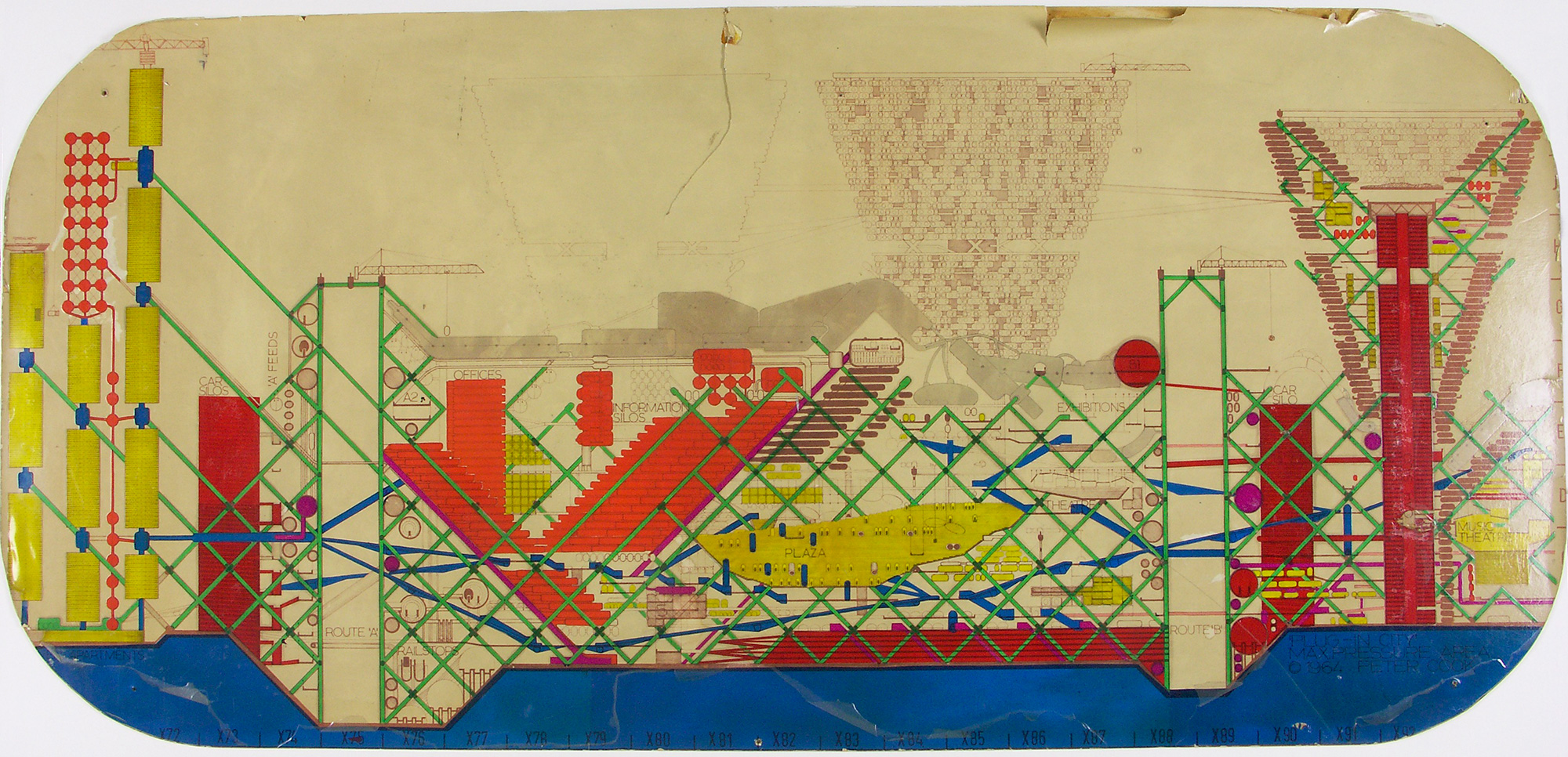
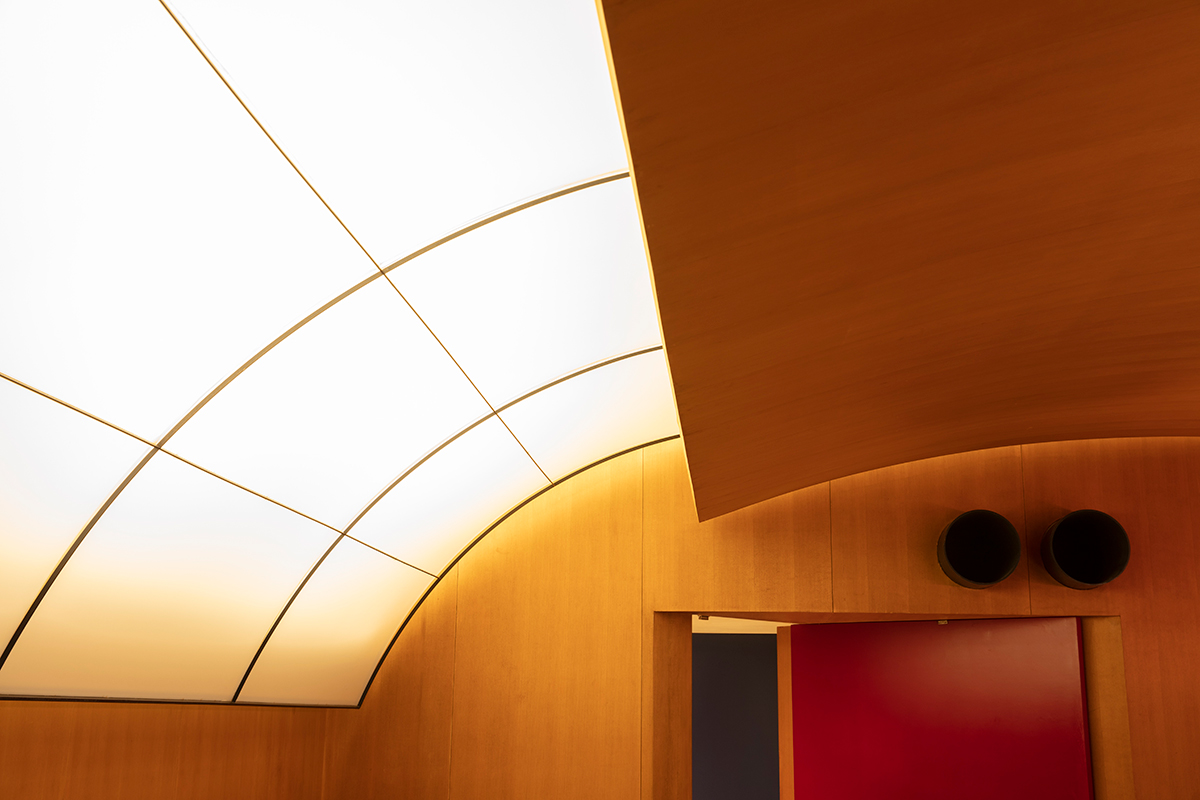
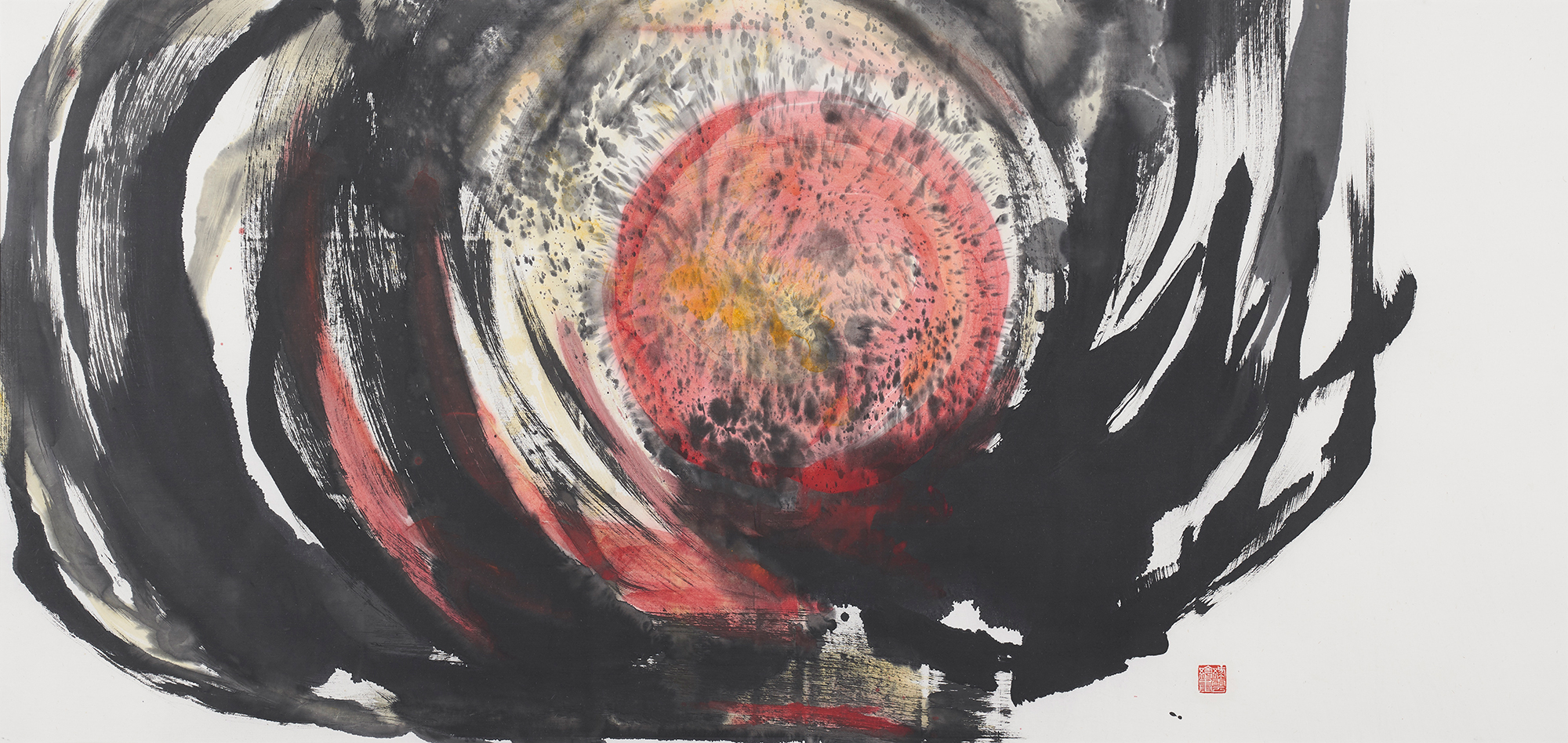
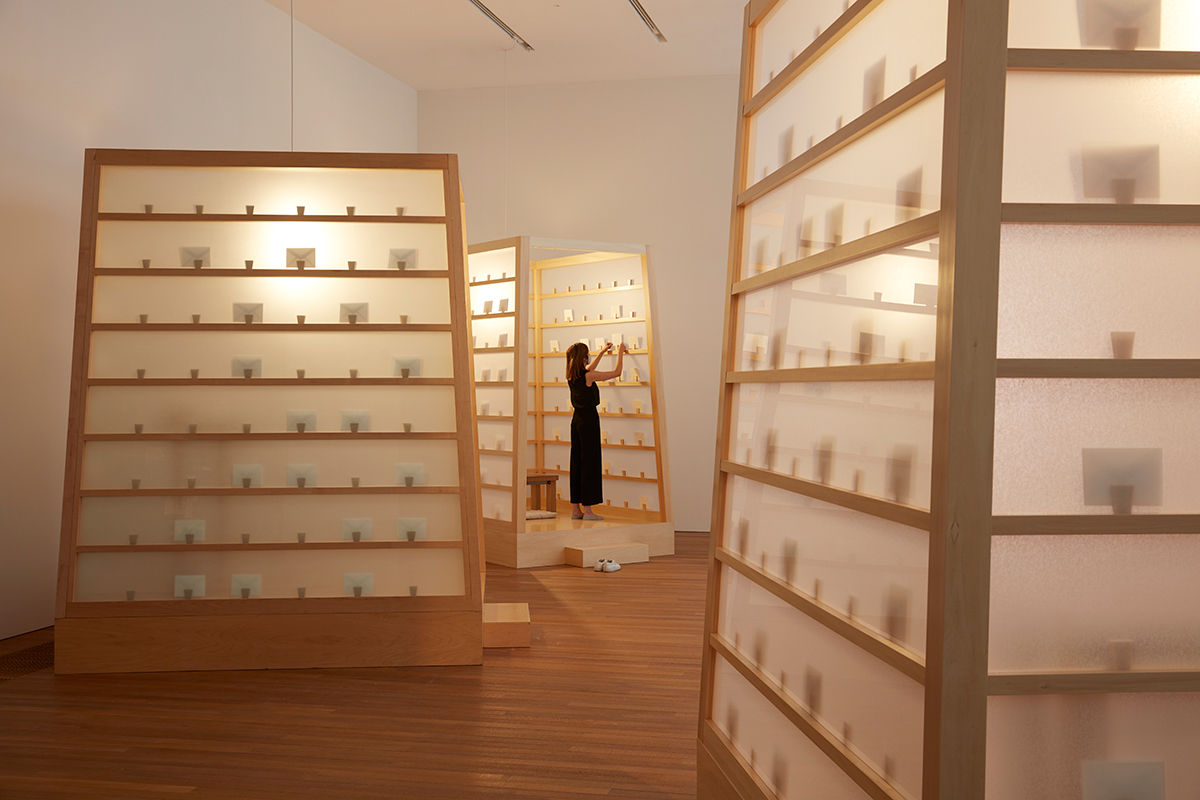
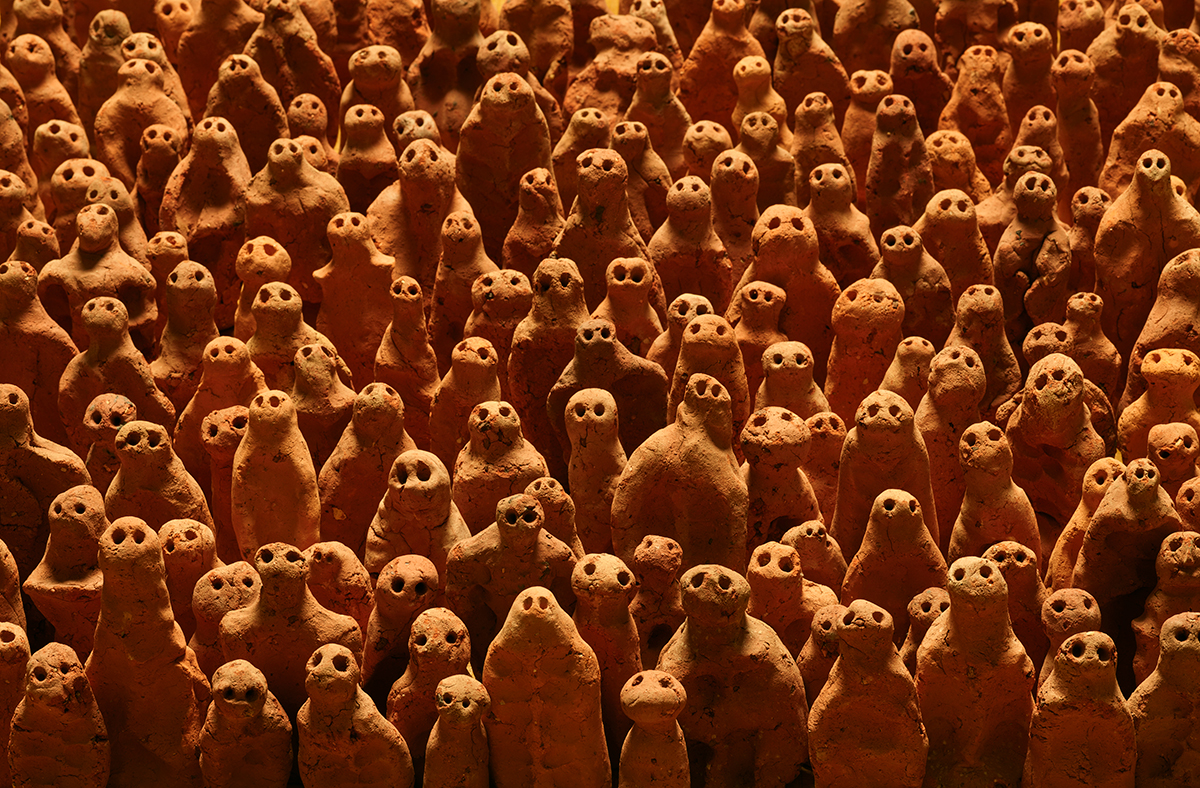
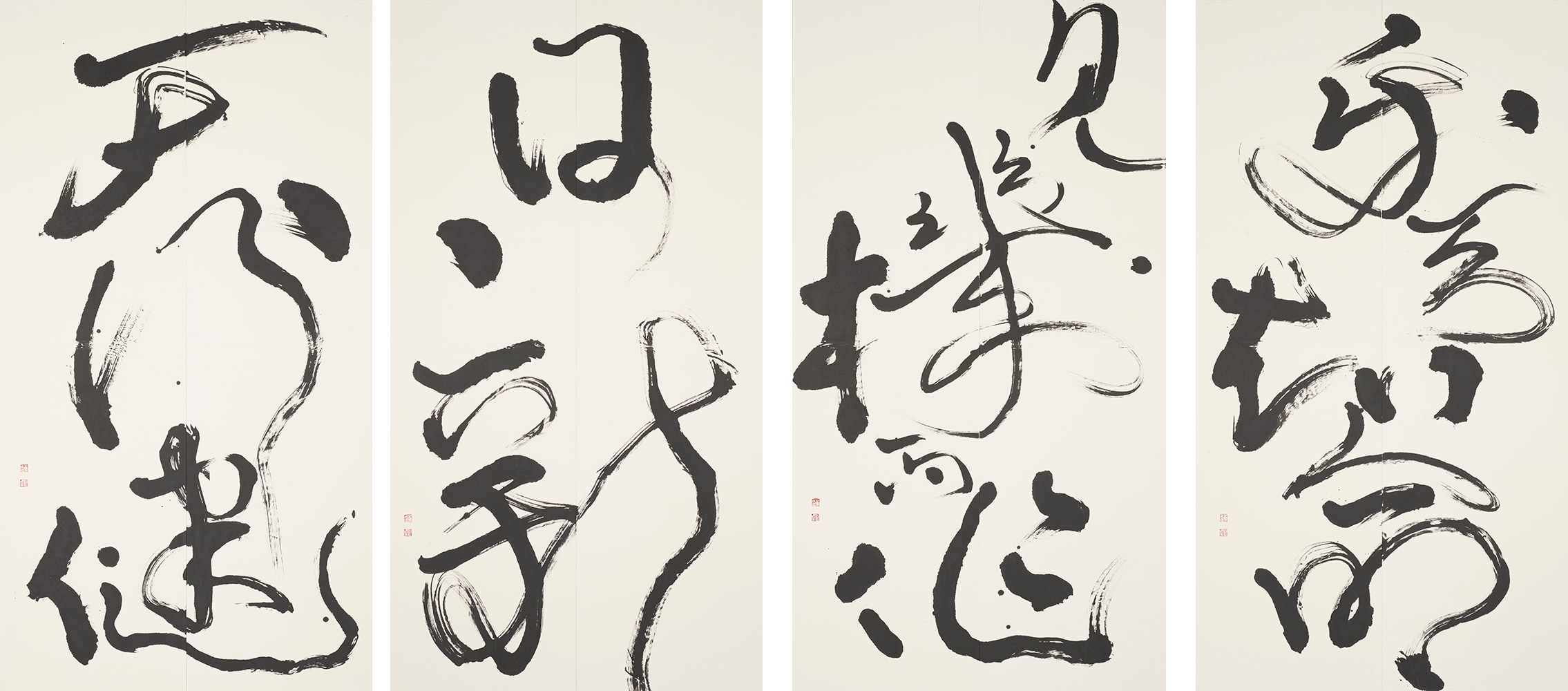
Left: Tong Yang-Tze, Renew oneself da Delight in the existence of heaven and understand its order, 2020, Ink on paper, 360 x 194 cm, Commissioned by M+, Courtesy M+ Museum
Right: Tong Yang-Tze, At the auspicious moment, act without delay, 2020, Ink on paper, 360 x 194 cm, Commissioned by M+, Courtesy M+ Museu
Far Right: Tong Yang-Tze, Renew oneself da Delight in the existence of heaven and understand its order, 2020, Ink on paper, 360 x 194 cm, Commissioned by M+, Courtesy M+ Museum
